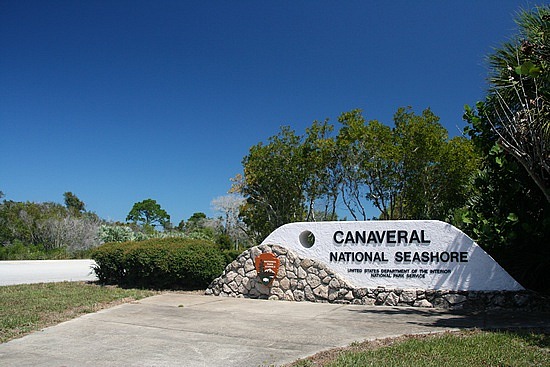

As you look south you will see 24 miles of undeveloped beach, the longest stretch of natural coastline on the east coast of Florida. Above you a Brown Pelican may be flying or diving for fish. If you are visiting in the winter months you may be lucky enough to spot an endangered Right Whale just offshore. As you walk towards the ocean you will see the vegetation change from palm and bay to palmetto scrub, then wildflowers and sea oats. Fecal matter should be disposed of in a trash receptacle, toilet, pit toilet.Īs you begin your trek over the boardwalk, be on the lookout for tracks, trails, and burrows of the animals that call the dunes home the burrow of a gopher tortoise perhaps, or the track of a bobcat.

Likewise it is possible for domestic dogs to acquire these diseases from wild animals. Domestic dogs can introduce disease into wildlife habitats and the park's canids (coyotes and foxes) are vulnerable to domestic diseases such as canine distemper, parvo virus, rabies, mange,etc. Where domestic animals and wildlife overlap there is a possibility of exchanging diseases between the two groups. Pets are subject to the park's pet regulations and are not allowed on trails or boardwalks. A service animal is defined as any animal that has been individually trained to do work or perform tasks for the benefit of an individual with a disability, including a physical, sensory, psychiatric, intellectual, or other mental disability.Īnimals that are not trained to perform tasks that mitigate the effects of a disability, including animals that are used purely to provide comfort or emotional support ("therapy animals"), are considered pets. NPS policy regarding service animals mirrors guidelines established by the Department of Justice. Service animals are allowed in all facilities and on all trails unless an area has been closed by the superintendent to protect park resources. Please call the Apollo Visitor Center to check if the house is open before your visit at this phone number (386) 428-3384 extension zero. When the Seminole Rest main home is open it is accessible to enter the first floor. Located at the top of the mound are two historic homes. The second half includes a ramp that leads down to a floating dock that does not have railings. The first half is a fixed piling dock with wooden railings.

There is a dock located about halfway though the trail. There are five benches to rest on placed strategically around the path near each of the informational interpretive signs. The rest of the path does not have railings. There is one railing next to the first interpretive sign along the path. The paved portion is relatively flat with one small incline as it encircles the base of the mound. This wooden portion has small inclines and declines while traversing fourteen feet of Timucua shell mound. A large portion of the path is a cement sidewalk, while the remainder is a wooden walkway that traverses across the top of the mound. It is approximately half a mile in length. There is a loop trail leading around the Seminole Rest Historic Site which is wheelchair accessible.


 0 kommentar(er)
0 kommentar(er)
